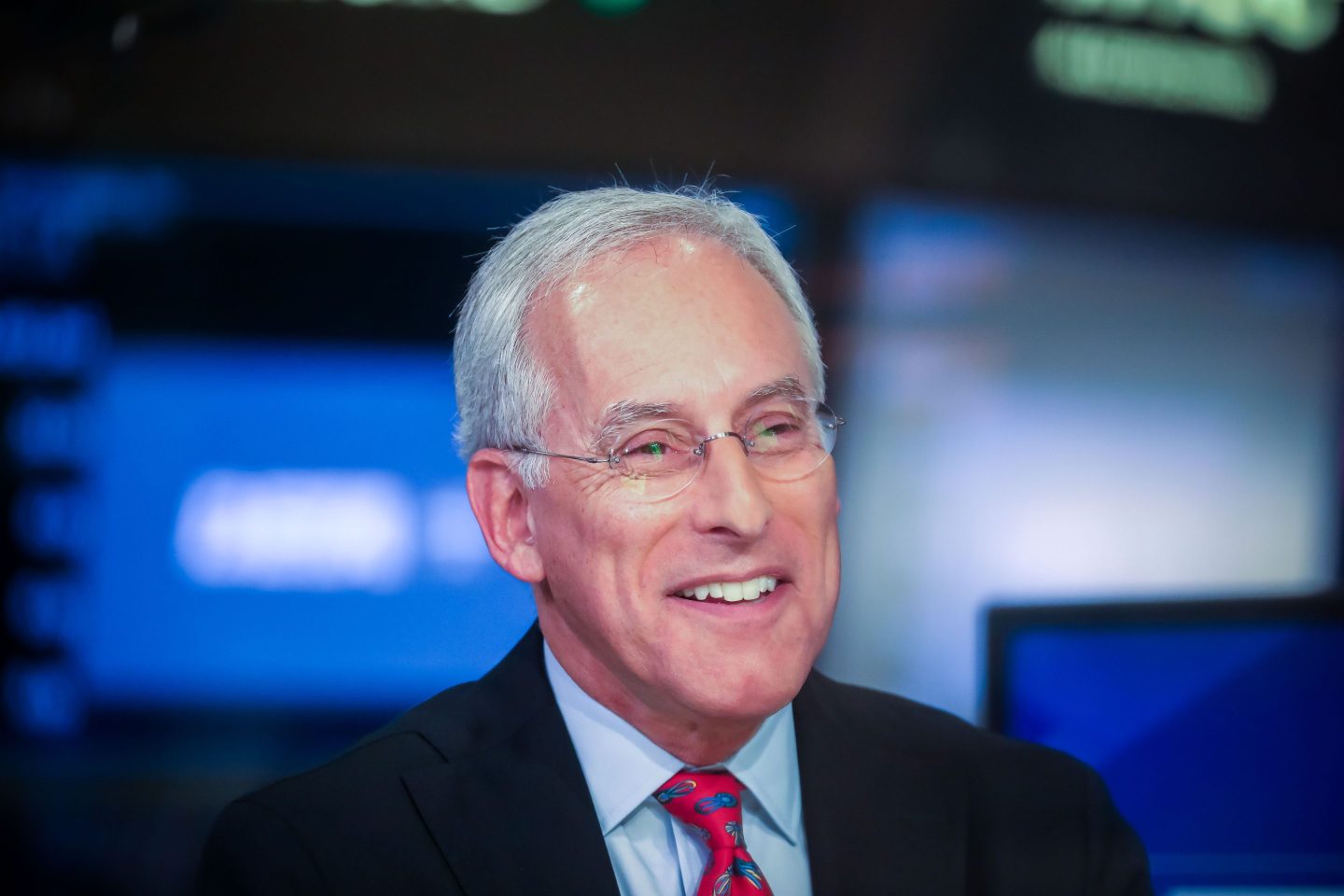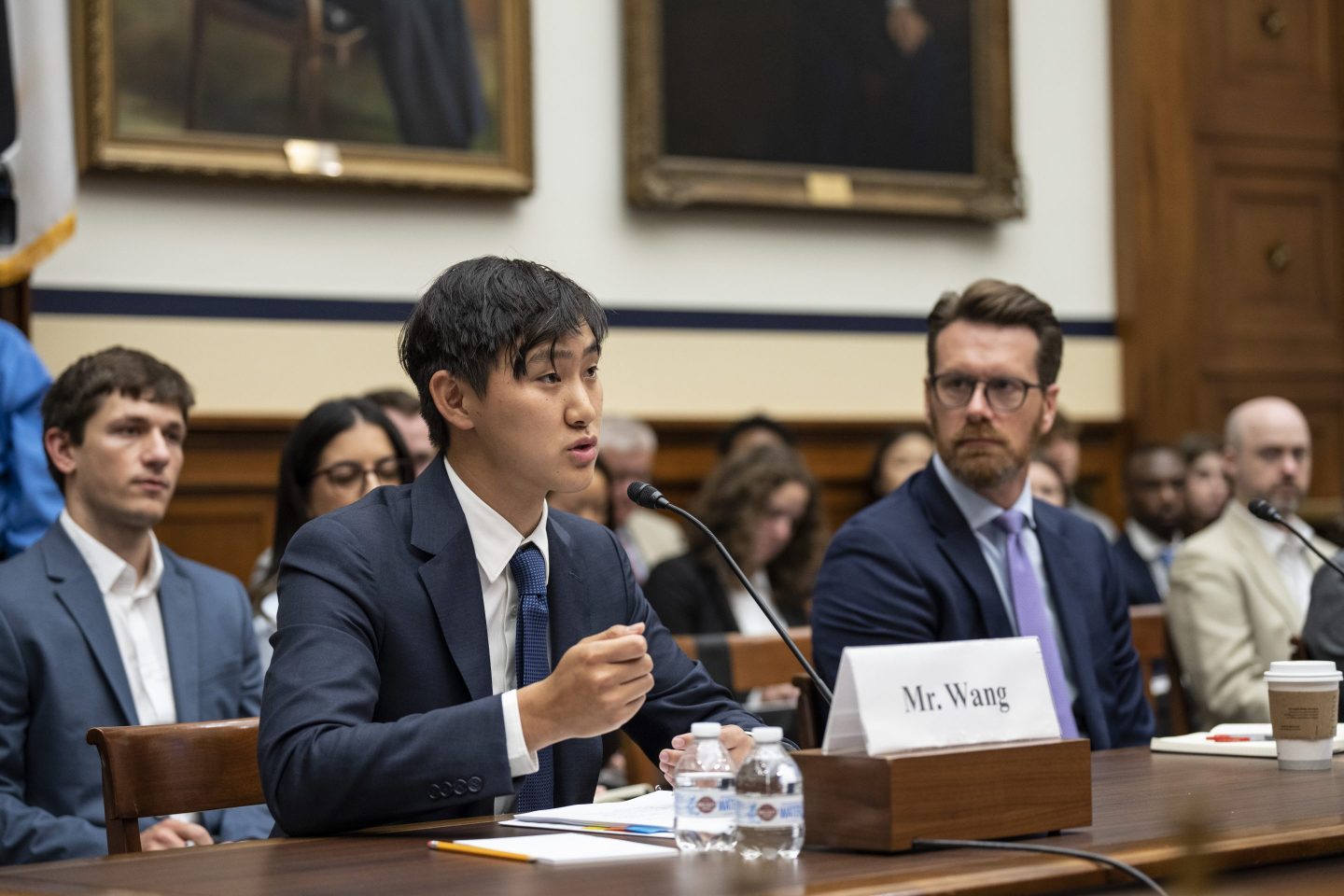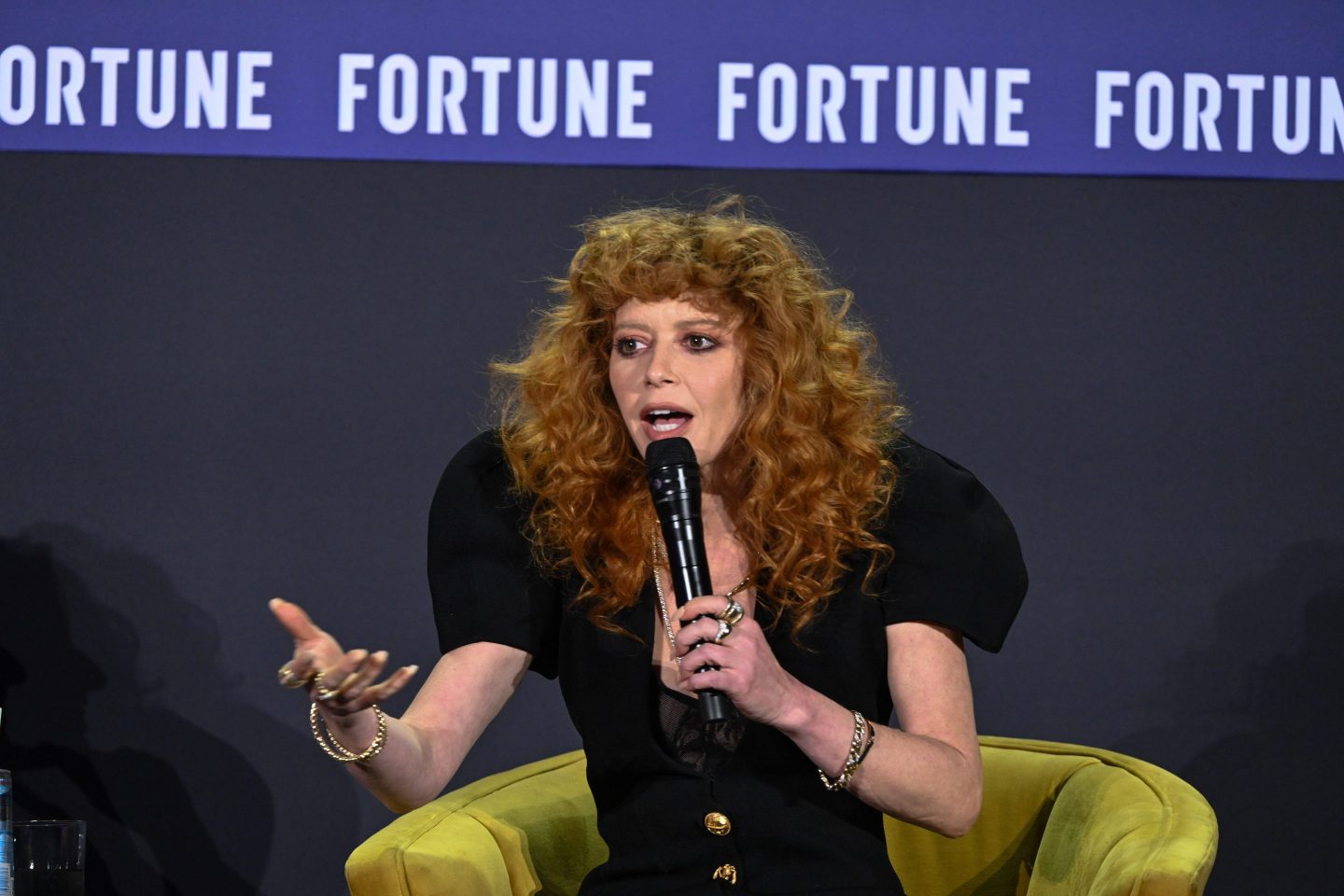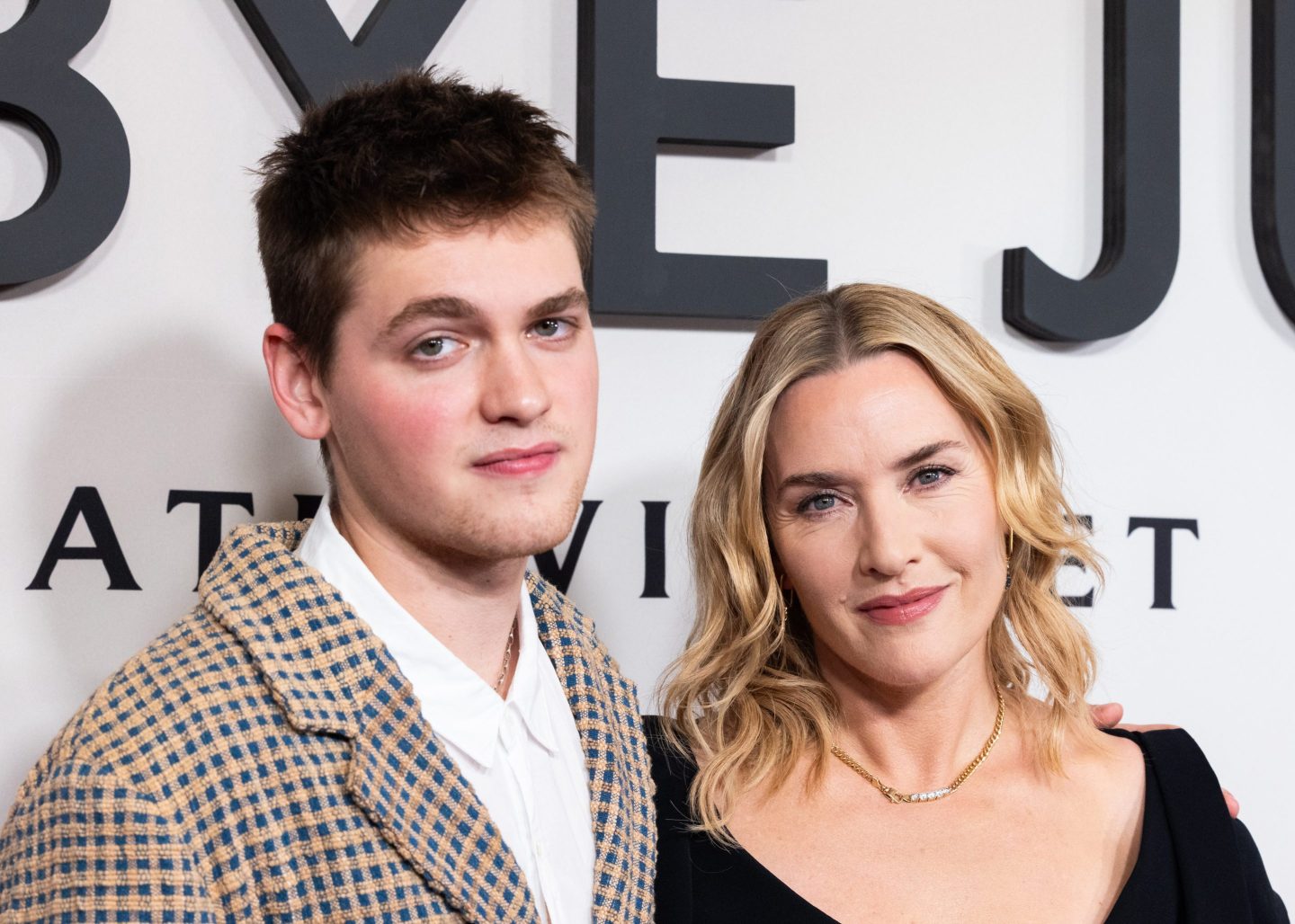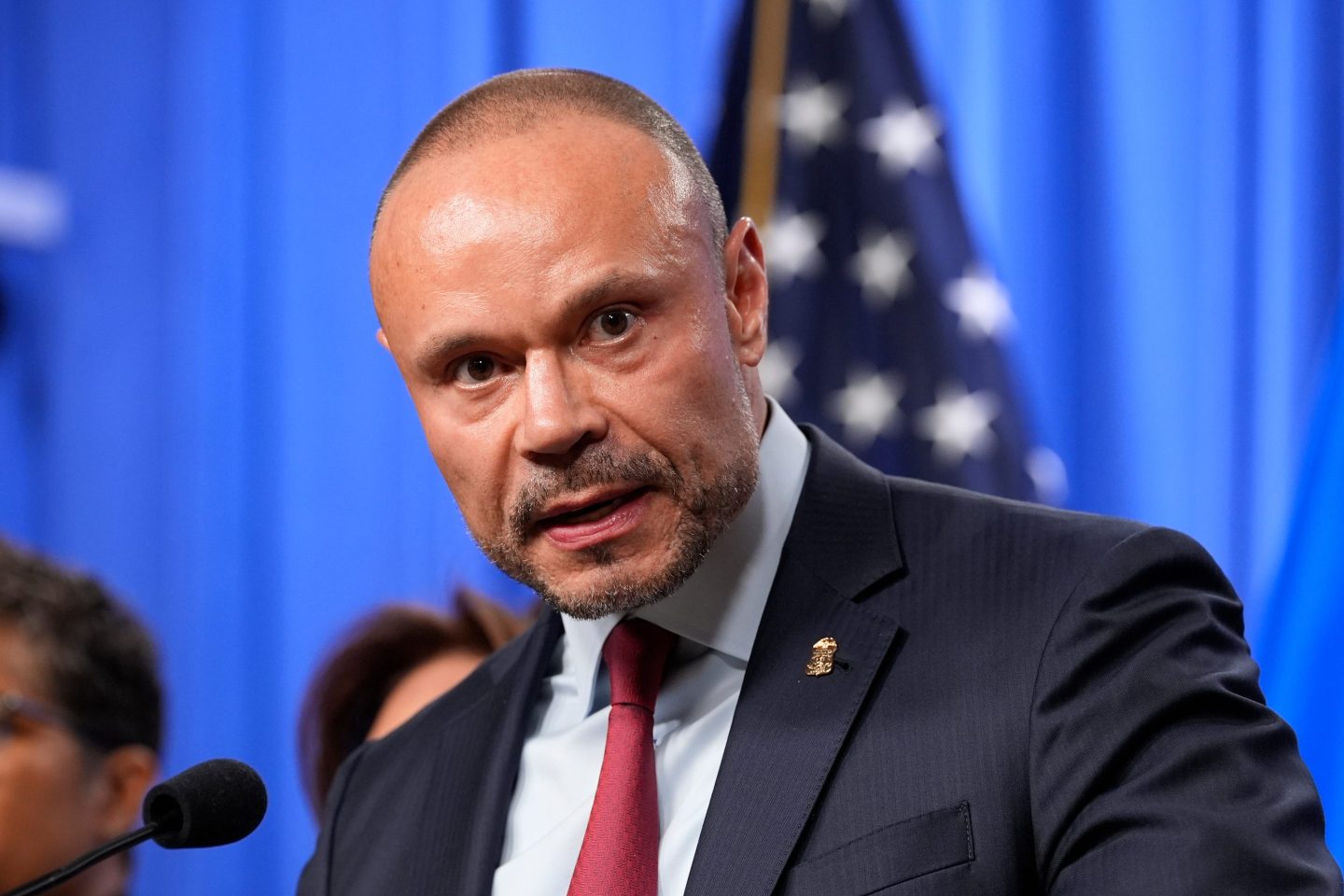This is an installment of Pandemic Purchases, a special series of personal essays about the items bought in the last year that brought the most value and joy to our lives and work while living in lockdown.
Throughout the pandemic, we’ve all picked up new habits and hobbies. I’ve been busy reading.
I’ve devoured novels that centered on LGBTQ characters.
Through this past year, I read well over a dozen of these stories. And for the first time in my life, I got a broader sense of the diversity of experiences within my community. Horror stories like John Fram’s The Bright Land and Adam Silvera’s They Both Die at the End framed queer characters in a genre I had never seen them in before. Of the two, I enjoyed Silvera’s book more. Two teens wake up to an alert that they will die by the end of the day. It is a grim story—and you hope against all odds that the new lovebirds find a way to beat the odds. It was a book I wish I had read when I was 18.
Books that long sat on my shelves, and moved with me from Chelsea to East Harlem to Hell’s Kitchen, were finally devoured. I enjoyed reading Dancer From the Dance, a novel that was “assigned” to me as part of a book club with a group of guys I shared a beach house with in 2017. In some ways, it felt like a decades-earlier version of us: gay men who live in Manhattan and frequent Fire Island, a beachside paradise (or hell) for queer people.
Years ago, I resisted the assignment. “I am living this life, I don’t need to read about it,” I thought.

Less is another one of those stories. In some ways, it was a little too Eat, Pray, Love for my taste. But with themes of romance and regret, Less helped me reframe a recent pandemic-related breakup. It also gave me a bit of hope. If the nearly 50-year-old writer Arthur Less can find love, perhaps there’s still a chance for 30-something me. I found myself crying (wailing if I’m being honest) as I finished the final pages, which are now crisped by my long-lost tears.
Jaye Robin Brown’s Georgia Peaches and Other Forbidden Fruit attempted (poorly, in my opinion) to find unity between queerness and Christianity. I enjoy the book version of Call Me By Your Name, by André Aciman, more than the film adaptation. Our Young Man by Edmund White centered on a vapid, Dorian Gray-type of model who ruined the lives of almost every man who fell in love with him. I hated the protagonist and yet a part of me wanted to be him, to be that beautiful. And have that power.
Other novels challenged me in ways I know I must still be challenged. It took me embarrassingly too long to comprehend that the protagonist in Giovanni’s Room was white. Why couldn’t James Baldwin, an iconic Black author, write stories about white people? How could I miss that? I’m still working to unlearn decades of ignorance and bias.
Real Life, by Brandon Taylor, tackled race at a nearly all-white university. I felt embarrassment and shame reading certain passages where white people let other white people say offensive things to Wallace, the brilliant yet deeply wounded star of the book.
Through this year, my pandemic-inspired book reading allowed me to more deeply question and understand an aspect of my identify I thought I had a firm grip on.
It also led me to question my past academic reading assignments. In middle and high school, gay characters were never featured. If I squinted hard enough, perhaps the aloof golfer Jordan Baker in F. Scott Fitzgerald’s The Great Gatsby was a lesbian. Maybe, just maybe, Gene had an unrequited crush on his classmate Finny in John Knowles’ A Separate Peace. It always took an imaginary leap to hope for representation.
In college, I took a gay and lesbian studies class and in it, I finally got my first taste of exposure to my community. This coincided with my own coming out story. But the novels I read in those years were dark and scary. Most stories centered around the AIDS crisis, like Jeffrey by Paul Rudnick, or violence, like Leslie Feinberg’s heartbreaking Stone Butch Blues. It led me to fear my future.
My more recent reading journey gives me a bit more hope. “Love, I have always found, is most intense when its object is unworthy of it.” That sentence in The Untouchable by John Banville stings and stays with me.
Like most days, I’m alone when I read the closing chapters of David Sedaris’ The Best of Me. He writes of a trip he takes to Japan with his sisters. “At this particular moment of our lives, no one belonged together more than us.”
I smile and think of my own brother and sister.
I call them.


